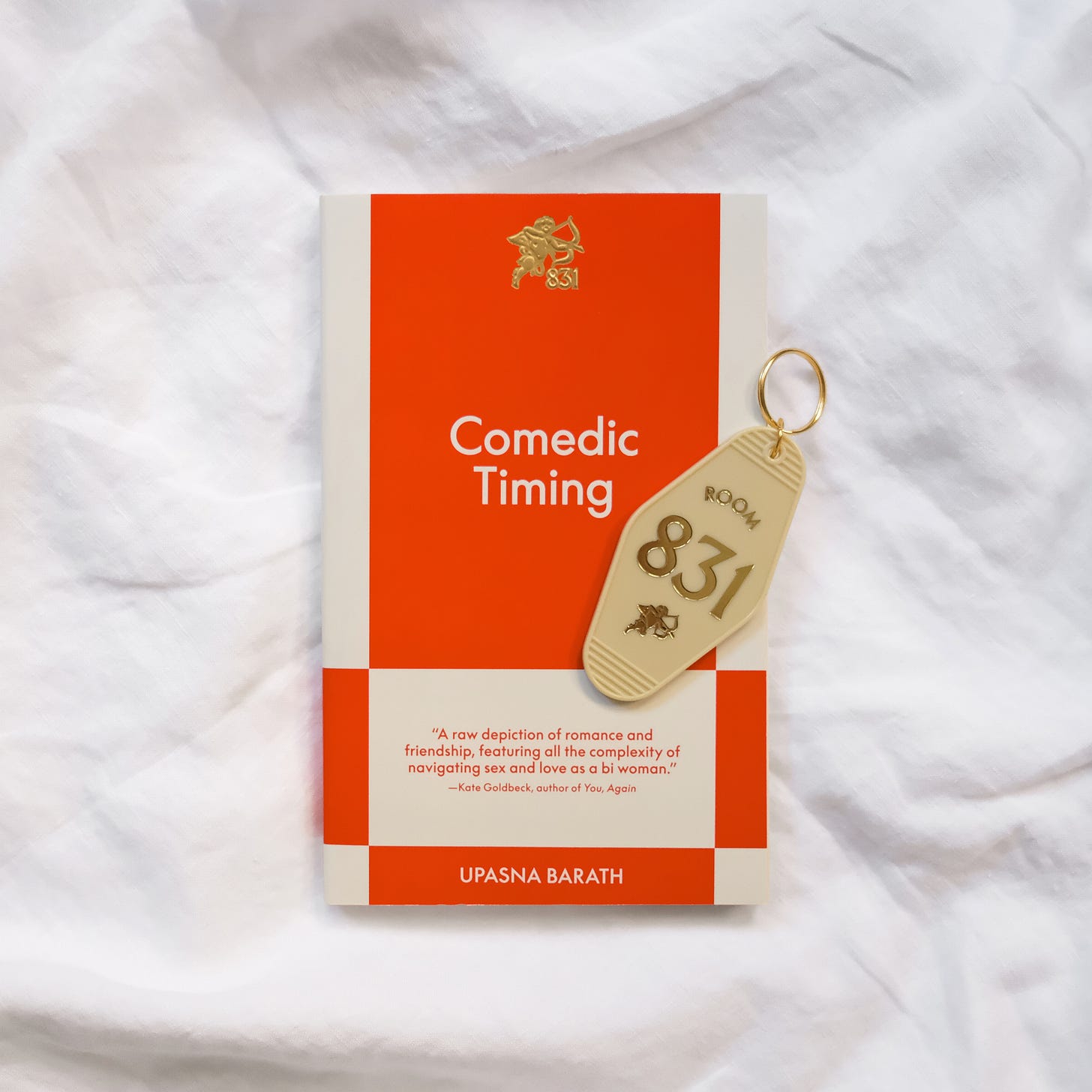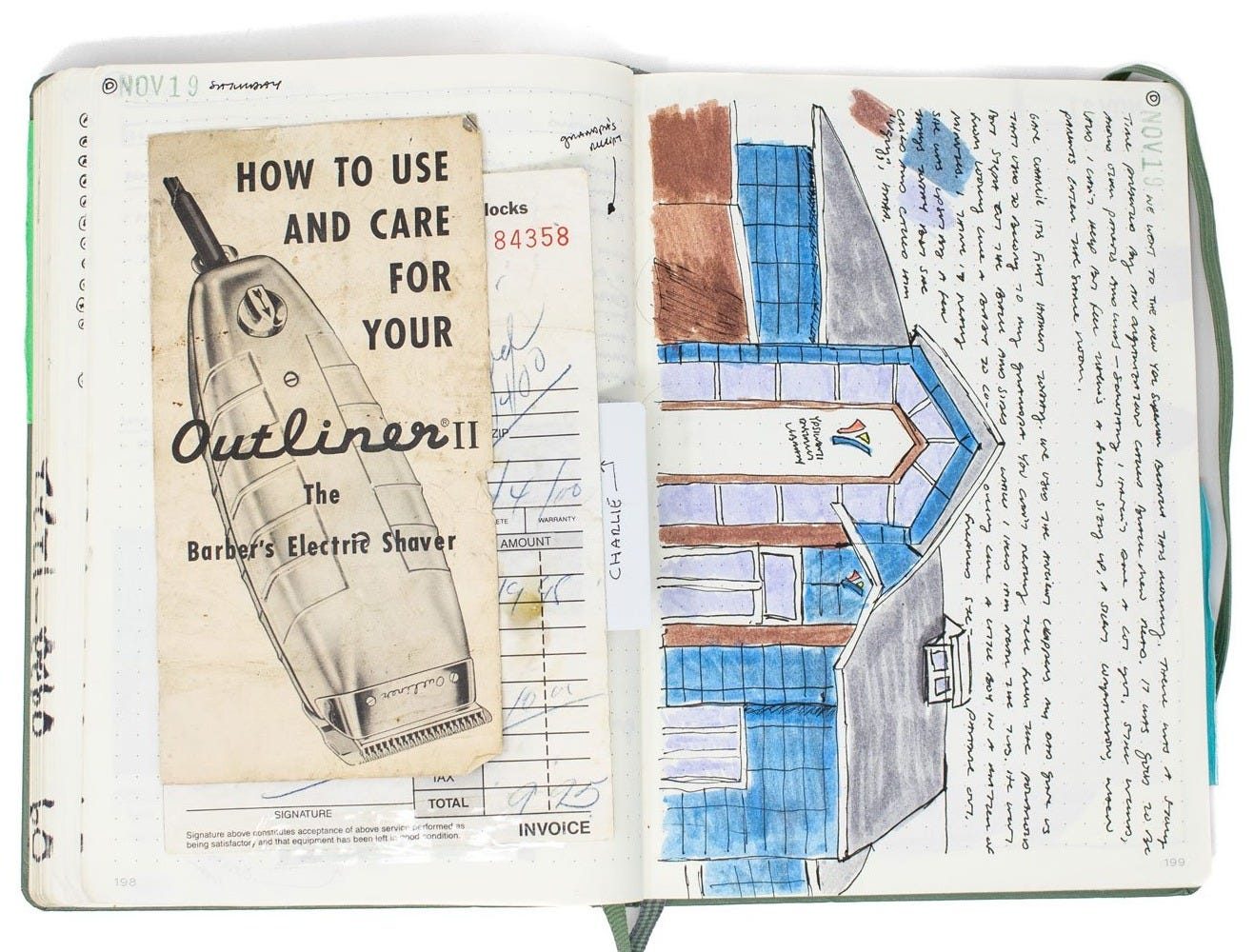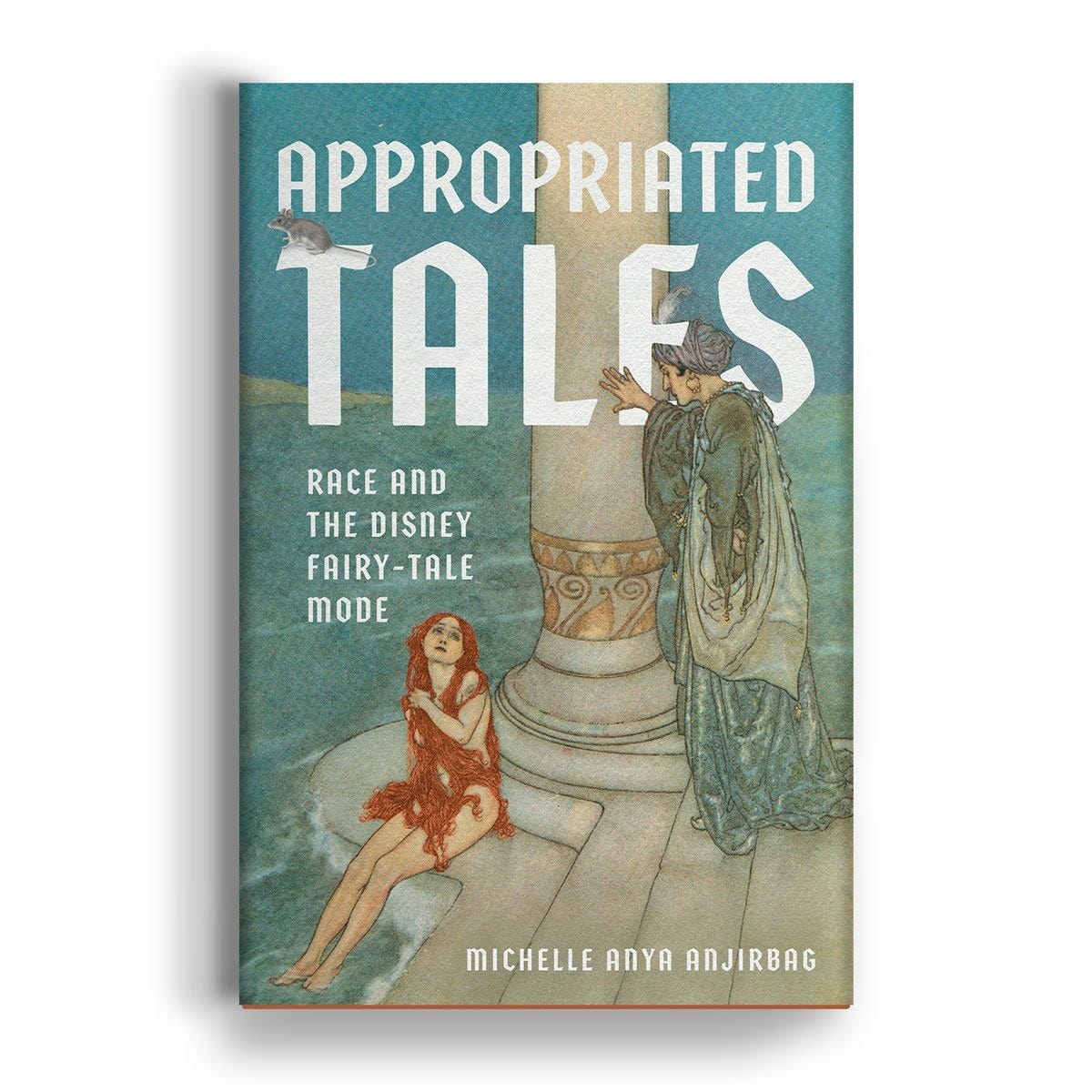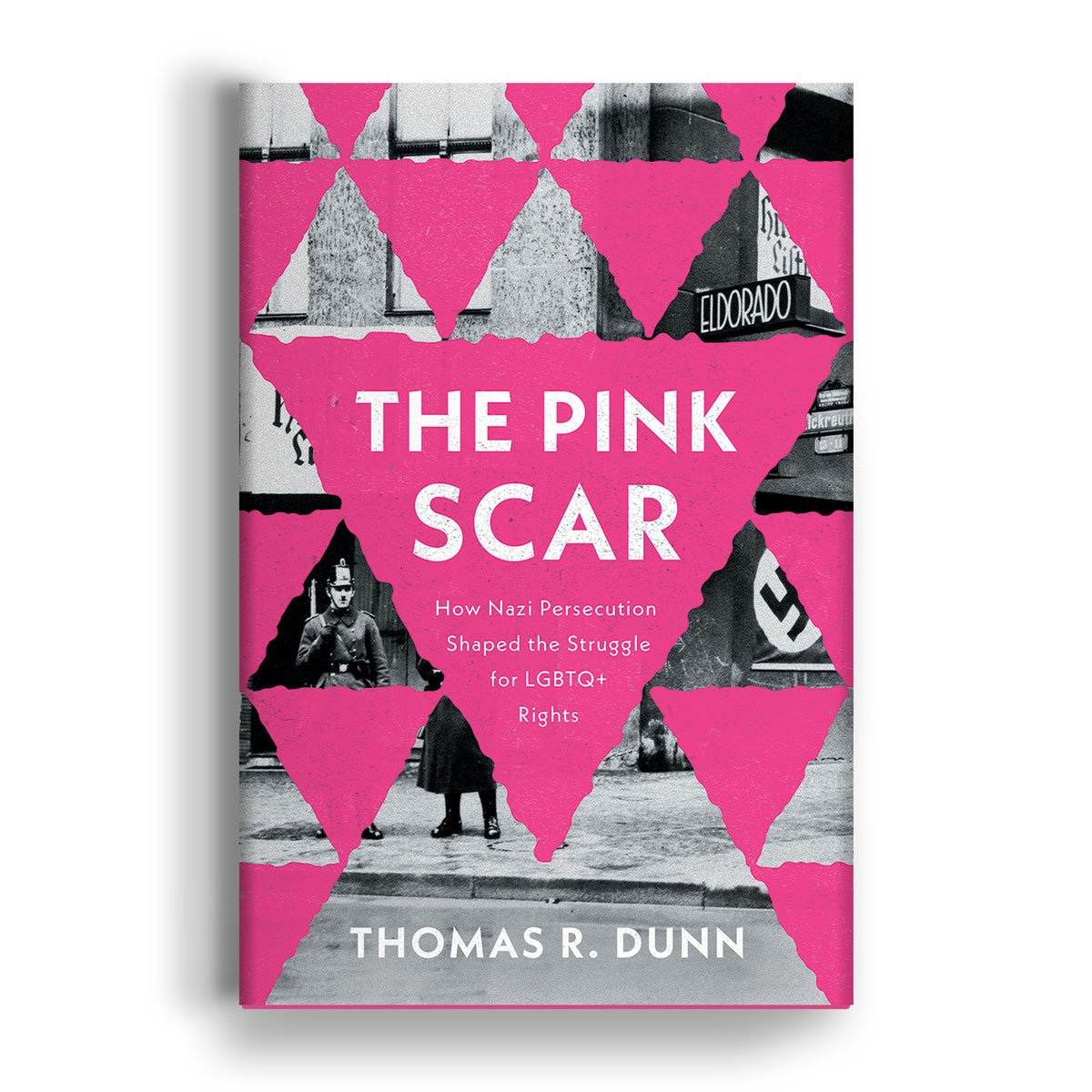The worst book cover I’ve ever designed is a real piece of shit. Graphic designers can be a self-critical bunch, but this is not one of those times. I designed exactly what the author wanted.
The cover was for a “spiritual” memoir by some sort of businessperson. From what I could tell—I didn’t read beyond the flap—the book was awful. But from what I did read, and my interaction with the author, the book is solipsistic, faux-deep word vomit that would have never left a traditional editor’s slush pile. Maybe it’s a good thing the cover was bad. For all intents and purposes, the cover I “designed” was a higher resolution, paint-by-numbers recreation of what the author had created themselves in the popular online design software Canva.
We did a hardcover jacket and a paperback and I was paid more than $2,000 for this steaming pile of Canva-inspired crap.1
The worst book cover I’ve ever designed was on behalf of a hybrid publisher—one of several I have worked with over the years. Hybrid publishing is, in theory, an interesting publishing model in a landscape due for some new ideas. Like its name suggests, it is a “hybrid” between traditional and self publishing. Authors maintain greater control over their book and receive a greater percentage of royalties (with no advance) like self publishing, while receiving the aesthetic and structural benefits of traditional publishing like editing, design, and, often, ghostwriting. In some respects, it is a more straightforward transaction. This model is facilitated by paying the publisher directly, and sometimes to the tune of tens of thousands of dollars. It is no wonder then that this model attracts CEOs, entrepreneurs, and other folks with the means to spend large sums of money on book publishing. To serve this market, many companies have arisen to cater to these business types looking to put their name on a book.
There are a few different names for this type of publishing: “professional publishing” is a recent favorite for advocates; “vanity publishing” is an old one decried by current boosters as derogatory. But it’s impossible not to feel the vanity DNA when I look at this book cover.2
I designed the book cover just a few years ago—far too late in my career to be doing my worst work. It took eight rounds of revisions to finalize. If I were to indulge my dramatic side, I might even call them boxing rounds. Ding ding. The process started by filtering ideas from the author through my professional design lens and ended by forcibly abandoning that lens to recreate what the author had made in Canva—which, to be clear, continued to change throughout the process. Both author and designer were “designing” throughout the entire process. These are the type of people who treat graphic designers like tools to execute their (often questionable) vision and nothing more.
This cover involved at least one font from dafont.com—with, I think, four fonts in total—and sparkles, among several other questionable decisions.3

Authors want to sell books, but in hybrid publishing, selling books is not necessarily the only, or even primary goal. The goal of this sort of publishing is often to establish oneself as an expert in a particular field. To book speaking gigs and gain clients. The book becomes a calling card or a sales tool. The cover becomes a sales tool for the sales tool.
I have always been, at best, uneasy about this dynamic. At worst, I hate it. I’ve never wanted to use graphic design to sell crap people don’t need. It’s why I work at a library. I hate that I have helped bring ghostwritten bullshit about email marketing, “winning” life, and trademarked techniques for raising capital into the world. But I don’t kid myself into thinking that without me, these books wouldn’t get published. I’m just not sure I want to be a part of that machine anymore. I love books too much.
To be fair, they’re not all bad. I did the cover for one memoir about suicide and mental health. I did another about sustainable giving practices. And a book isn’t bad just because it’s about business. However, by its very nature, this style of publishing attracts those with the resources to pay for this style of book publishing. And by and large, these books are crap. Quote me on that. They’re the LinkedIn posts of books, and they are primarily geared toward making their authors more money in one way or another. I want to know the last novel these authors have read that isn’t The Fountainhead.4
I can hear you yelling at your screen: “Traditional publishing also produces crap! Traditional publishing executives are also more interested in money than quality!” And to that, I say, yeah. You’re right. Hybrid publishing isn’t alone in this. Publishing is a business. I’m not naive. I’m just tired of working on crap books. I’m tired of making sales tools for sales tools for sales tools. I would rather bust my ass designing two or three university press covers for the financial equivalent of one hybrid book. I would be more engaged and fulfilled, and the work would be better for it.
Maybe I’m a fool. It’s a good paycheck as far as book design is concerned, and fairly steady as far as freelance work is concerned. I’ve tried to compartmentalize the bullshit, like some of my peers seem able to do. But the smell is coming through the cracks and the longer it lingers, the less I can stand it.
I cut my teeth in the hybrid publishing space. I owe a lot to one of these publishers in particular, or at least the art director there who hired me (thank you, RB). I might not be doing what I do now without that experience. So despite my criticism, I am grateful. The work helped feed my family, hone my process, and learn how to work with difficult clients. But I’m tired! I’m too old, and frankly too good, to be designing the worst cover of my career or anything close to it. If I continue, I am sure that I will again.
Maybe hybrid publishing will get better. Maybe it doesn’t need to cost tens of thousands of dollars, and maybe, eventually, it won’t mostly be shitty business books. Emma Gannon just signed a contract with a hybrid publisher. Author’s Equity is sort-of a hybrid publisher, and their first title was a romance novel that doesn’t look like any other on the market. So maybe I shouldn’t write it off completely. But for now, for my sanity, I’m done.
What will I do in the meantime? More independent and university press work,5 hopefully. More writing, and more independent projects that might help people who don’t have tens of thousands of dollars to spend on publishing.
I think this newsletter is going to help me do that. So thanks for reading. I mean it.
Thanks to my best friend Steve for helping me edit this and make sure I didn’t get sued. He just started a newsletter called
, an endeavor to simplify and understand his newsfeed. Check it out:News
A few weeks ago, I had the privilege of sitting down with artist
as the inaugural guest of his new interview show, Creative Disorder. I’m still a little amazed that anyone might want to interview me, but I had a wonderful time chatting process, collage, my favorite book covers, and more. Give it a listen!
A Book Designer’s Notebook just crossed 2,500 subscribers! I never thought this many people would even be remotely interested in what I have to say. Hell, I never knew I had this much to say. Thank you for reading.
ICYMI
In case you missed it this week: See just how much work it can take to land on a final book cover in my post How Jazmin Welch Designs a Book Cover. This is a free, guest post edition of my series How to Design A Book Cover.
What I’m Reading (books)
Harry Potter and the Sorcerer’s Stone (book club with Mom)
Cathedral: Stories by Raymond Carver
What I’m Reading (links)
Can Simon & Schuster Become the A24 of Books? The imprint’s new publisher is betting on it. (The Cut)
New Work
Thanks for Reading!
Thank you for reading! I mean it.
If you’d like to keep this newsletter going and help me say no to designing soul-sucking books about corporate events, email marketing, and raising capital, consider becoming a paid subscriber or buying me a coffee.
Paid subscribers get access to How to Design a Book Cover, a bonus series illuminating my book design process, and Book Design Critiques, a bonus series in which I kindly and candidly critique a paid subscriber’s book design.
I’m not trying to badmouth Canva here. Yes, people make crap with it, and yes it has led to homogenized, over-templated graphic design—but I think it’s a useful, accessible tool.
I can’t show it to you. Sorry!
If it wasn’t obvious, your book cover should almost never have four fonts.
No, this isn’t an affiliate link.
If you work for an indie press, hit me up! nathanielroy.com/info


















Painful but true depiction of the Bad Client… so sorry you went through this! My favorite dynamic: the phase of maliciously complying with every detail of their instructions, to show them just how awful their ideas are, only to have them be satisfied with the result. Then muttering “I hate you, I hate you so much” while finishing the job :)
Glad you have some nice and satisfying university press projects to cleanse the palate!
Reading this post, I kept thinking about the correlation to what I do in addition to writing--selling real estate. I couldn't help substituting my experiences in working with certain clients in place of book covers: I'm too old to be working the worst deal of my career." Especially where you describe people who treat designers as a tool to execute their visions. That one punched me in the gut it was so spot on.
Keep up the good fight, inner peace and keeping the tools at bay is always worth it. Promise.